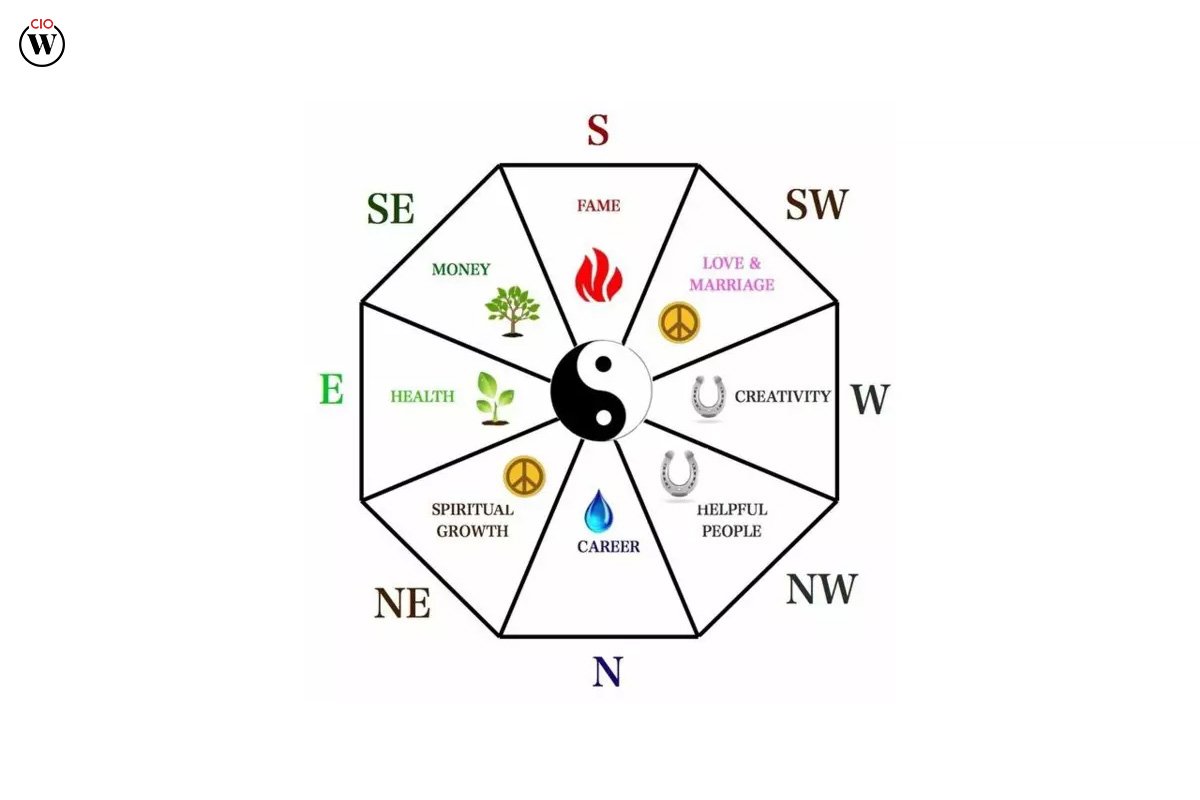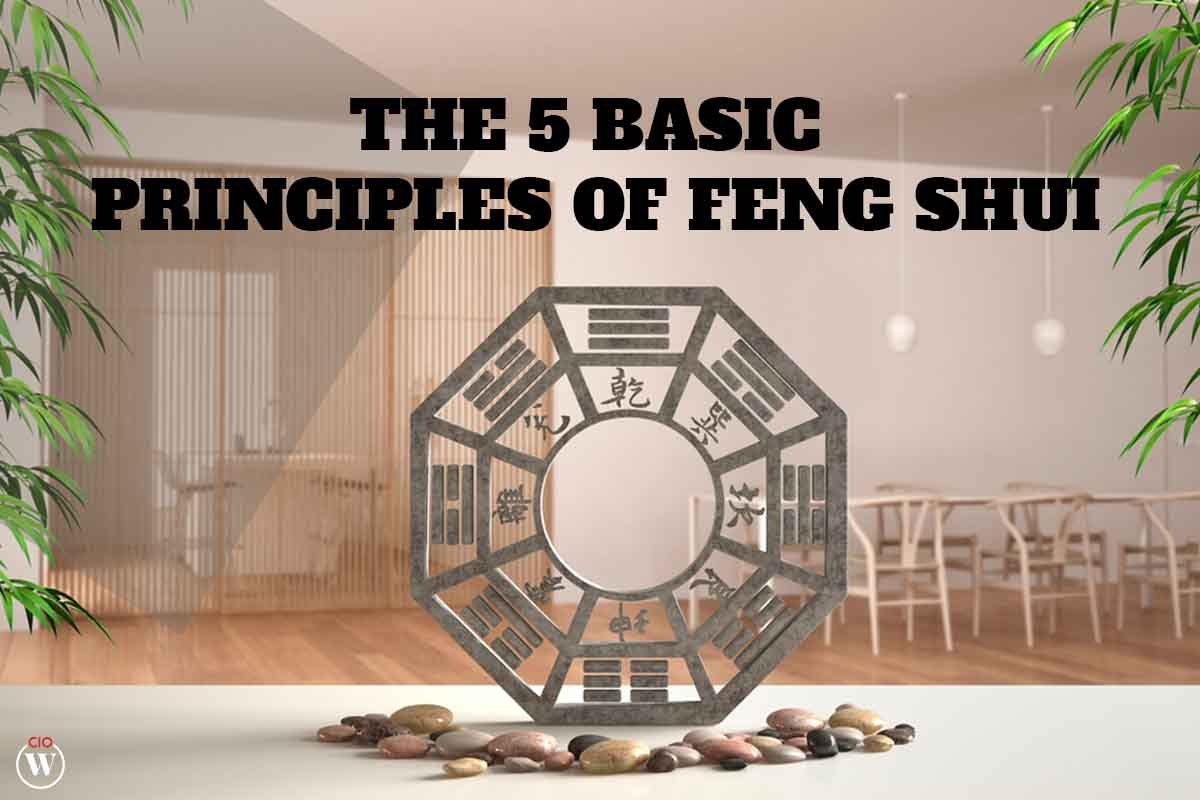What Is Feng Shui?
Feng shui is a discipline that involves reorganizing the components of living spaces in order to achieve harmony with the surrounding natural environment. This is what it means to give your house good Principles of Feng Shui. The objective is to gain control of one’s energy forces and achieve harmony between themselves and their surrounding environment.
The Tao, which literally means “the path,” is the name given to this school of thought within the context of Asian culture. It is said that Taoism is the religion of nature and that all of the fundamental principles of feng shui are also inspired by nature. The commanding position, the Bagua, and the five elements are the three most important tenets of feng shui, and we are going to look at all of them now.
Here are The 5 Basic Principles of Feng Shui;
1. The Commanding Position
If you want to use the Principles of Feng Shui to improve your house’s energy, you first need to learn about the dominating position. The most dominant position in a room, according to feng shui, is the one that is the farthest away from the entrance and not in a straight line with it. This places you at an angle to the entrance. In addition, a direct line of sight to the exit should be possible at all times. The position that gives you command of a room is where you should try to spend most of your time. If it is at all feasible, your bed, your desk, and your stove should be arranged in a diagonal alignment according to some of the fundamental principles of feng shui. These principles recommend that you first establish the dominating position in the room.
2. The Feng Shui Bagua Map
The Principles of Feng Shui energy map that is placed on the floor plan of your house is called a Bagua. “eight regions” is what the Chinese term “Bagua” literally translates to when it’s used in English. Each of the eight domains pertains to a distinct aspect of one’s life, such as one’s family, fortune, or work, among other possible examples. In addition, each of these zones is associated with a certain number of forms, colors, seasons, and natural components. You, as a representation of your whole health, are placed in the heart of the Bagua, which is the ninth section.

There are many different schools of thinking within the realm of feng shui. When examining your residence, each of them will utilize a Bagua; nevertheless, they will each employ the Bagua in a somewhat different manner. The Bagua is often laid out in the Western and BTB (Black Sect) schools such that the knowledge, profession, and helpful people sectors match with the front entrance of the house. The Flying Stars and other traditional schools may orient the Bagua with reference to the compass or the energy that is present throughout the year.
3. The Bagua Areas
Finding one to three locations in your house that need the most care is the simplest method to use the Bagua in your daily life and to apply feng shui principles to your space. Do not make the mistake of trying to work on everything at once. Implementing Principles of Feng Shui in a specific area may help you feel more in control of your energy and enhance the flow of energy there.
4. The key five elements
Wood, fire, earth, metal, and water are the components that make up Feng Shui’s five elements. It is beneficial for all of the residents of the home, as their proper presence and positioning increase Chi and promote overall wellness.

In the Principles of Feng Shui, the energy map of our space is referred to as the Bagua. This map determines what the appropriate arrangement of these components should be.
5. The Use of Colour
The Feng Shui Colors of a Room Can Be Determined Based on the Direction of the House. A room’s overall design may be improved by color or completely ruined. When practicing feng shui, it is essential to make use of the colors that correspond to the various directions.









